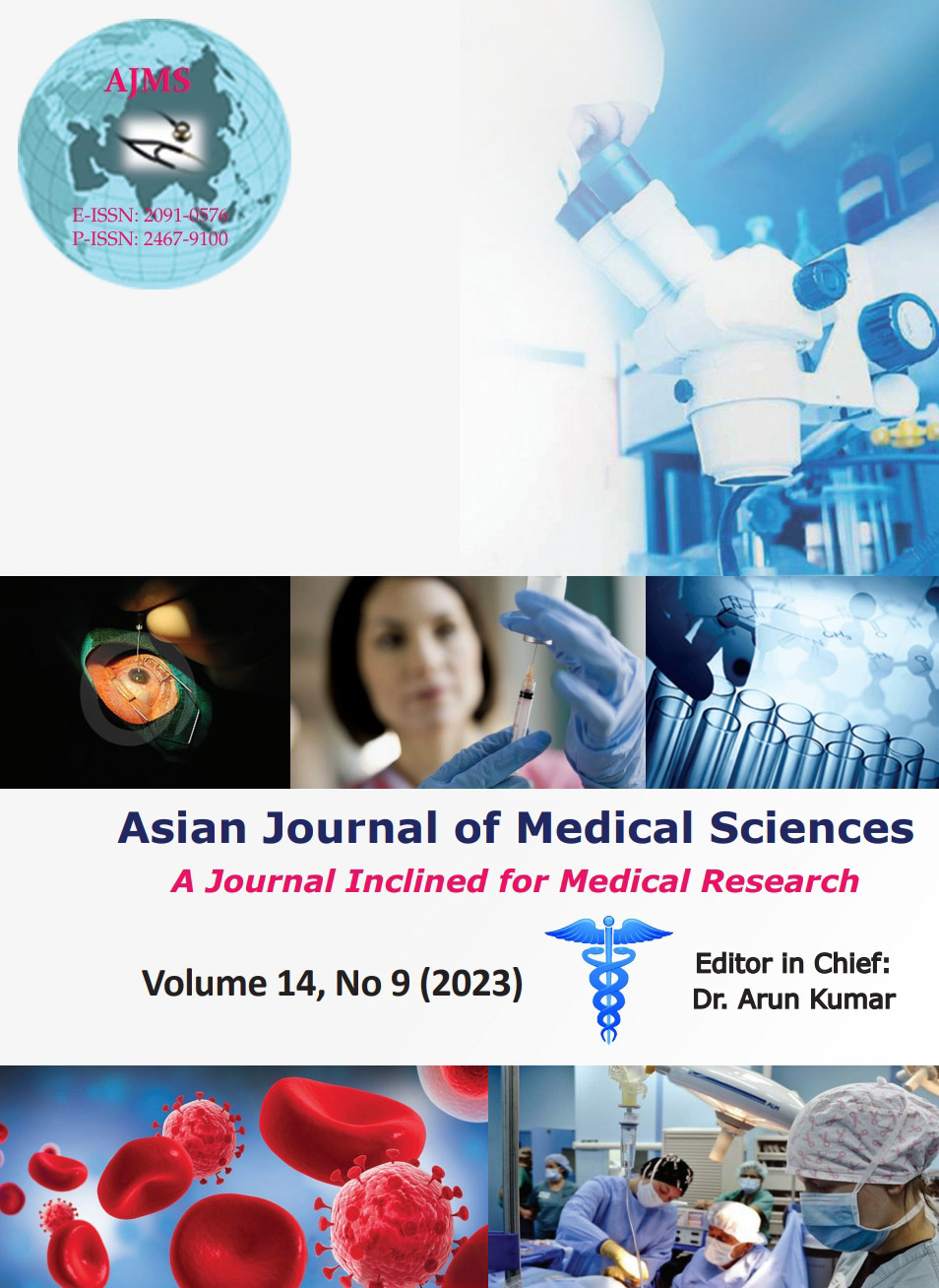To compare the efficacy of intrathecal 0.75% heavy ropivacaine and 0.5% heavy bupivacaine for lower abdominal and lower limb surgery
Keywords:
Bupivacaine; Hyperbaric; Intrathecal; Motor; Ropivacaine; SensoryAbstract
Background: Spinal anesthesia is the most popular regional anesthesia technique for lower limb and lower abdominal surgery. Bupivacaine 0.5% heavy is commonly used for intrathecal use. New long-acting local anesthetic agents such as ropivacaine have claimed benefits of reduced cardiac toxicity on overdose and more specific effects on sensory rather than motor nerve fibers. The use of intrathecal hyperbaric ropivacaine is not much studied. With this background, we studied intrathecal ropivacaine hyperbaric 0.75% against intrathecal bupivacaine hyperbaric 0.5% for lower abdominal and lower limb surgery.
Aims and Objectives: To note the effectiveness of intrathecal ropivacaine and bupivacaine on characteristics of subarachnoid block such as sensory block, motor block, hemodynamic parameters, and complications if any.
Materials and Methods: We randomized patients undergoing lower abdominal surgeries and lower limb orthopedic surgeries under spinal anesthesia into two groups so as to receive intrathecal either ropivacaine 0.75% hyperbaric (3 mL) or bupivacaine 0.5% hyperbaric (3mL) and noted study parameters.
Results: Time of sensory block onset (P=0.0005), peak sensory level (P=0.0029), and onset of L1 bromage-3 motor block (P=1.27E–08) was significantly delayed in the ropivacaine group as compared to bupivacaine group. However, maximum sensory level achieved (T6), time required for two-segment sensory regressions (P=0.1162), and time of onset of pain (P=0.1162) were comparable in both groups.
Conclusion: Intrathecal ropivacaine 0.75% hyperbaric produced slow onset sensory and motor block than 0.5% hyperbaric bupivacaine with comparable cephalic spread and duration of sensory block.
Downloads
Downloads
Published
How to Cite
Issue
Section
License
Copyright (c) 2023 Asian Journal of Medical Sciences

This work is licensed under a Creative Commons Attribution-NonCommercial 4.0 International License.
Authors who publish with this journal agree to the following terms:
- The journal holds copyright and publishes the work under a Creative Commons CC-BY-NC license that permits use, distribution and reprduction in any medium, provided the original work is properly cited and is not used for commercial purposes. The journal should be recognised as the original publisher of this work.
- Authors are able to enter into separate, additional contractual arrangements for the non-exclusive distribution of the journal's published version of the work (e.g., post it to an institutional repository or publish it in a book), with an acknowledgement of its initial publication in this journal.
- Authors are permitted and encouraged to post their work online (e.g., in institutional repositories or on their website) prior to and during the submission process, as it can lead to productive exchanges, as well as earlier and greater citation of published work (See The Effect of Open Access).




